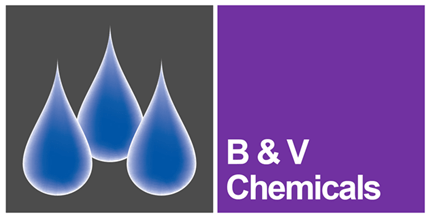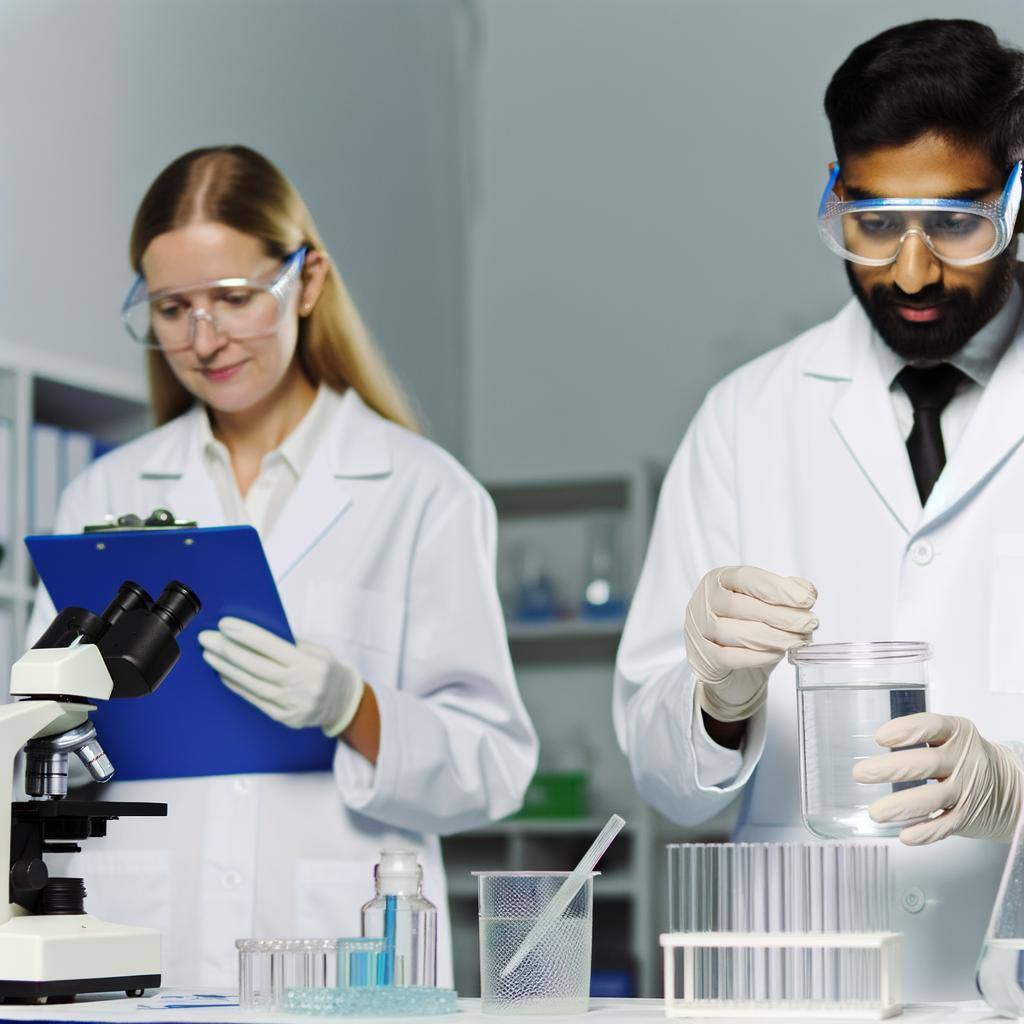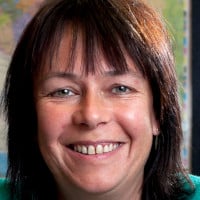The water utility companies provide mains water which is potable i.e. of a standard which is suitable and safe to drink. The responsibility of the water utilities for the water they supply ends at the point when this water enters any commercial premises.
There are a number of factors which could affect the quality of the water inside the building: dead-legs, pipework corrosion, biofilm build-up, tanks etc. Microbiological contamination of potable water, although rarely hazardous to health through drinking the water, can cause taste and odour problems. It is therefore important to ensure the quality of the drinking water within a building in order to ensure that an optimal supply is provided.
Regular sampling is important as the analysis of a single water sample only gives an indication of the condition of the water at the particular point in time in which sample is taken. Information gained over time through regular sampling will provide an overall picture of the quality of any particular water supply system. It is possible to trend results, particularly on TVC (total viable count), an upward trend in results will indicate the need for further investigation and may point to problems in a system.
If the system is supplying vending machines or other mains fed water coolers these should also be part of the sampling regime. High results may indicate that these are not being cleaned thoroughly or that the cleaning regime needs to be carried out more regularly.
Interpretation of Microbiological Results
TVC 22°C: This test is carried out to give the number of live bacteria per ml of water. The temperature of the test will represent general background temperatures so bacteria which are in the environment will grow at this temperature. This is therefore a measure of mainly harmless bacteria that are just present in the water.
TVC 37°C: Again this test is carried out to give the number of live bacteria per ml of water but at a temperature for the test which is the same as body temperature. the bacteria that grow therefore are more likely to cause some harm. The chances are though that they will not do so as our bodies have on them more bacteria than the human population of the world. All of these bacteria grow at 37°C obviously but very few cause harm.
The original guideline for acceptable levels of bacterial contamination in mains/drinking water was laid down by the World Health Organisation (WHO) to be no more than 100 cfu/ml at 22°C and 10 cfu/ml at 37°C. WHO now consider this to be an unrealistic restriction and suggests that the TVC trend is monitored for any abnormal change. For an indication of the general condition of the water, a TVC at 22°C and 37°C check will be taken on each sample.
The results should show no abnormal change. In order to measure this, the results should be trended and analysed with reference to the historical levels achieved within the, company or area, depending on the information available.
There is no standard acceptable value for TVC. Guidelines say that if on-going testing indicates a rise in numbers this could indicate that a system is becoming contaminated / needs cleaning.
Coliforms: Coliforms are a group of environmental bacteria that have originated from the intestines of animals. They can generally grow in the environment also and are known as indicator organisms ie they are used as a guideline of possible contamination. In the majority of cases when coliforms are picked up in water samples taken from a tap the cause is the fact that the tap needs cleaning. Acceptable levels - not detected in 100ml.
E. coli: E. coli itself is a coliform bacteria. Again it is used as an indicator organism, but E. coli does not live for very long in water so is an indication of recent contamination. There are certain species of E. coli which cause infection i.e. E. coli 0157 which is generally found in uncooked meat but this has not been found in water. The E. coli species found in water are generally harmless bacteria but are used as an indication of the possibility of other similar bacteria being present which may cause problems. Acceptable levels - not detected in 100ml.





